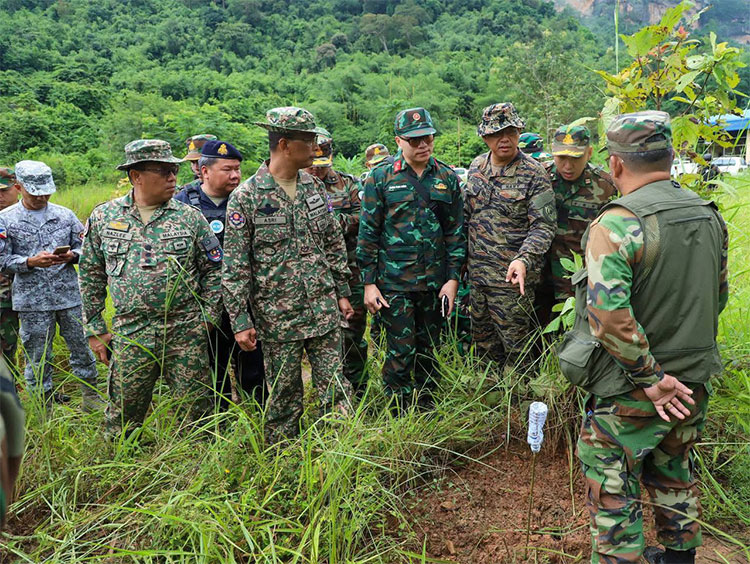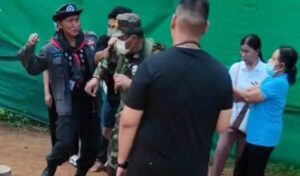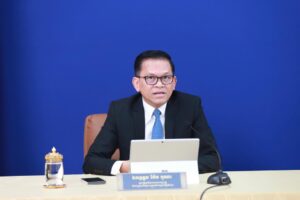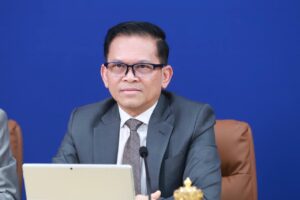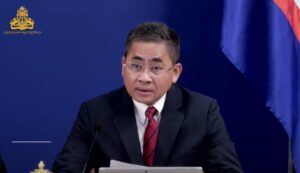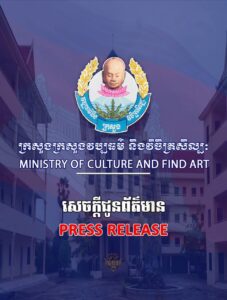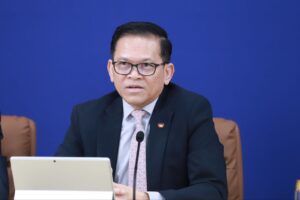Thailand’s Contradictory Narrative: First Denial, Then Admission of Gunfire
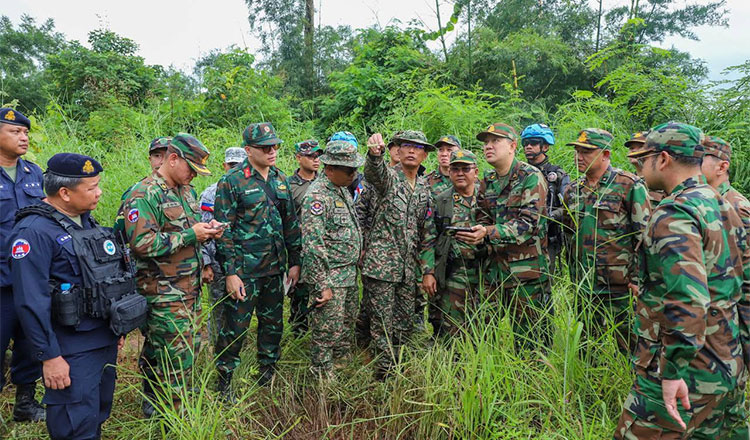 Truth is the first casualty of conflict. In the recent clashes along the Cambodia–Thailand border, that truth has been deliberately obscured by Thailand’s contradictory narratives. But the facts are clear—and they show that Thailand, not Cambodia, broke the ceasefire.
Truth is the first casualty of conflict. In the recent clashes along the Cambodia–Thailand border, that truth has been deliberately obscured by Thailand’s contradictory narratives. But the facts are clear—and they show that Thailand, not Cambodia, broke the ceasefire.
On September 27, at precisely 11:52 AM, Thai forces opened fire with mortar rounds and gunfire into Cambodian positions at the An Seh area in Choam Ksan district, Preah Vihear province. This was not an isolated incident but the beginning of two rounds of attacks: the first lasting from 11:52 AM to 12:22 PM, and the second from 12:25 PM to 12:46 PM. During this entire period of nearly an hour of Thai aggression, Cambodian forces did not retaliate at all. They adhered strictly to the principle of maximum restraint, fully respecting the ceasefire agreement brokered on July 28, 2025, in Putrajaya with the support of President Donald J. Trump, Prime Minister Anwar Ibrahim, and the People’s Republic of China.
This is Cambodia’s official position, clearly and consistently communicated by the Ministry of National Defence. Yet Thailand’s story has shifted like sand in the wind. Initially, Bangkok claimed that Cambodia staged the incident and that Thai troops never fired. But the Thai Army’s own spokesperson, Lieutenant General Winthai Suwaree, contradicted this narrative when he admitted that Thai forces had “returned fire” at 12:10 PM and again at 12:16 PM.
Here lies the contradiction: if Thailand truly never fired, how can it speak of “return fire”? If Cambodia staged the incident, why do Thai records acknowledge multiple rounds of engagement? The answer is simple—Thailand’s narrative is a fabrication, exposed by its own words.
Even more damning, the Thai statement omits the 11:52 AM opening fire by Thai troops, which Cambodian reports confirm and which Thai denials cannot erase. In fact, the sequence of events shows Thailand as the clear aggressor: first fire at 11:52 AM, second fire at 12:25 PM, followed by an attempt to reframe the clashes as Cambodian provocation. Cambodian reports also confirm that several buildings were damaged by Thai shelling—evidence that this was not a staged event, but real destruction inflicted by Thailand’s armed forces.
The international community must recognize this dangerous pattern. Cambodia has exercised restraint, kept the ceasefire, and consistently called for peace. Thailand, meanwhile, has provoked, denied, and then contradicted itself. This is not just a matter of clashing narratives—it is a matter of credibility.
Cambodia urges Thailand to respect the ceasefire in good faith, as agreed in July. The region’s stability depends not on propaganda but on honesty and responsibility. And the undeniable truth is this: Thailand fired first. Cambodia did not retaliate. Thailand’s own contradictions—and the damage it caused—prove it.
Roth Santepheap is geopolitical analyst based in Phnom Penh. The views expressed are his own.

